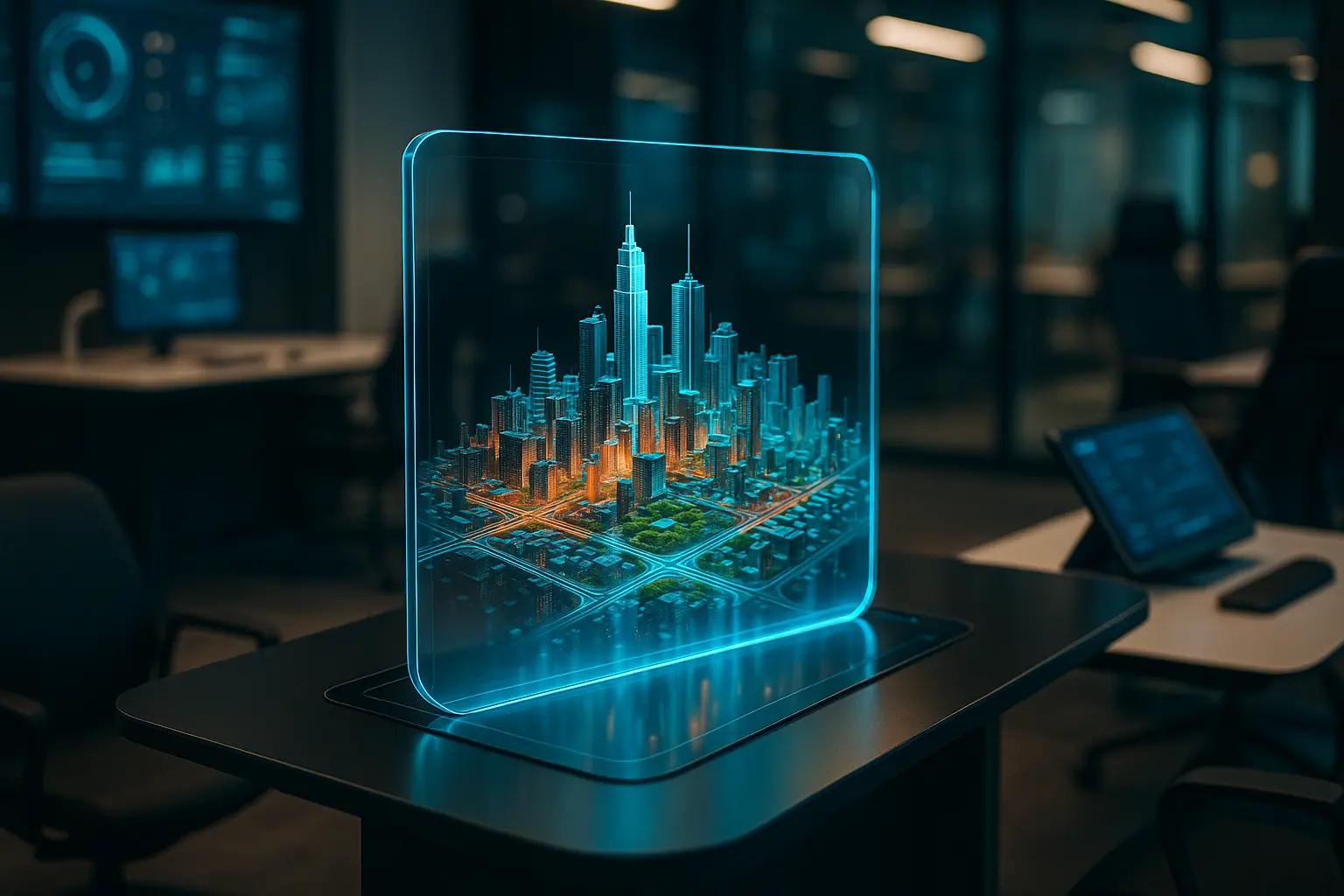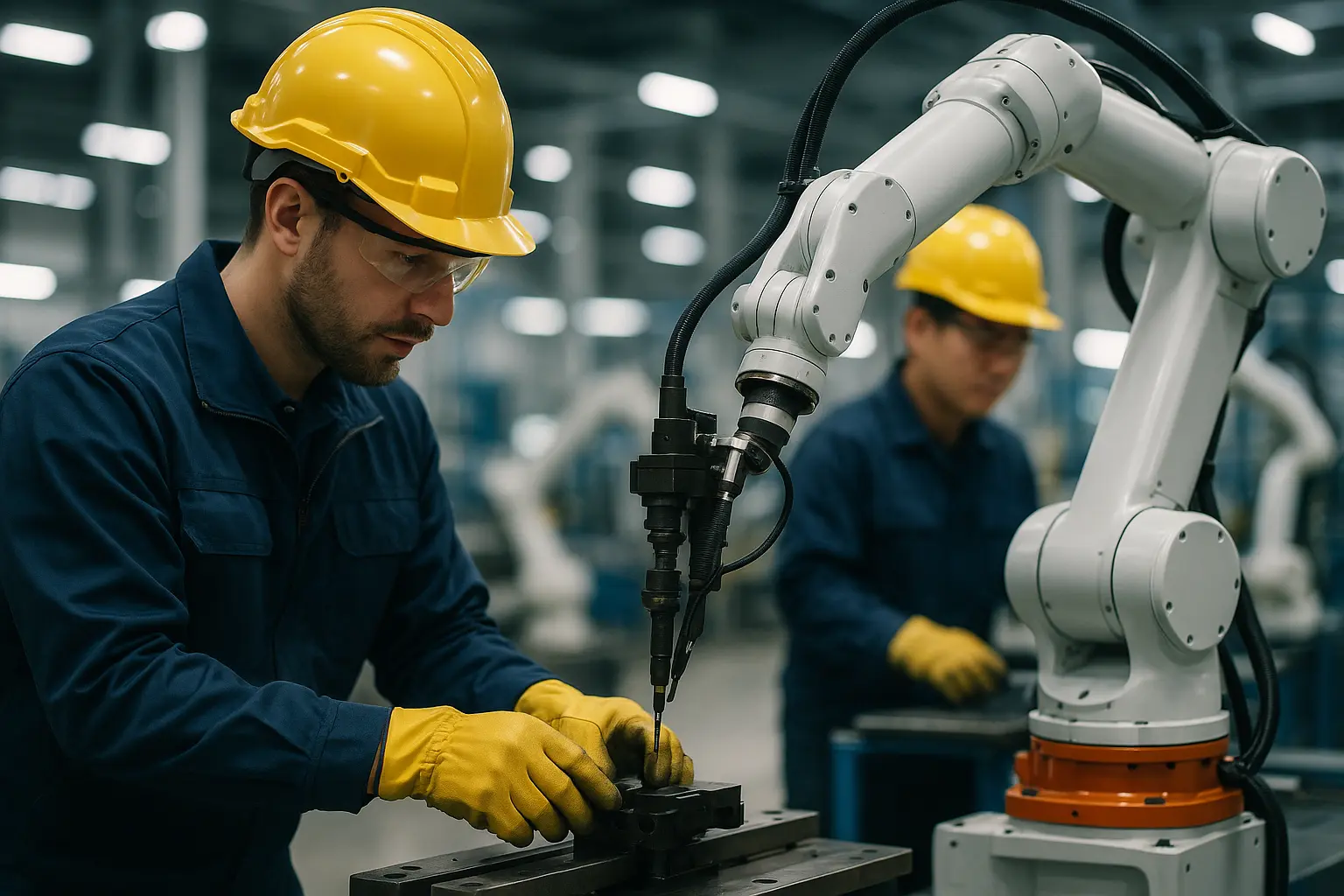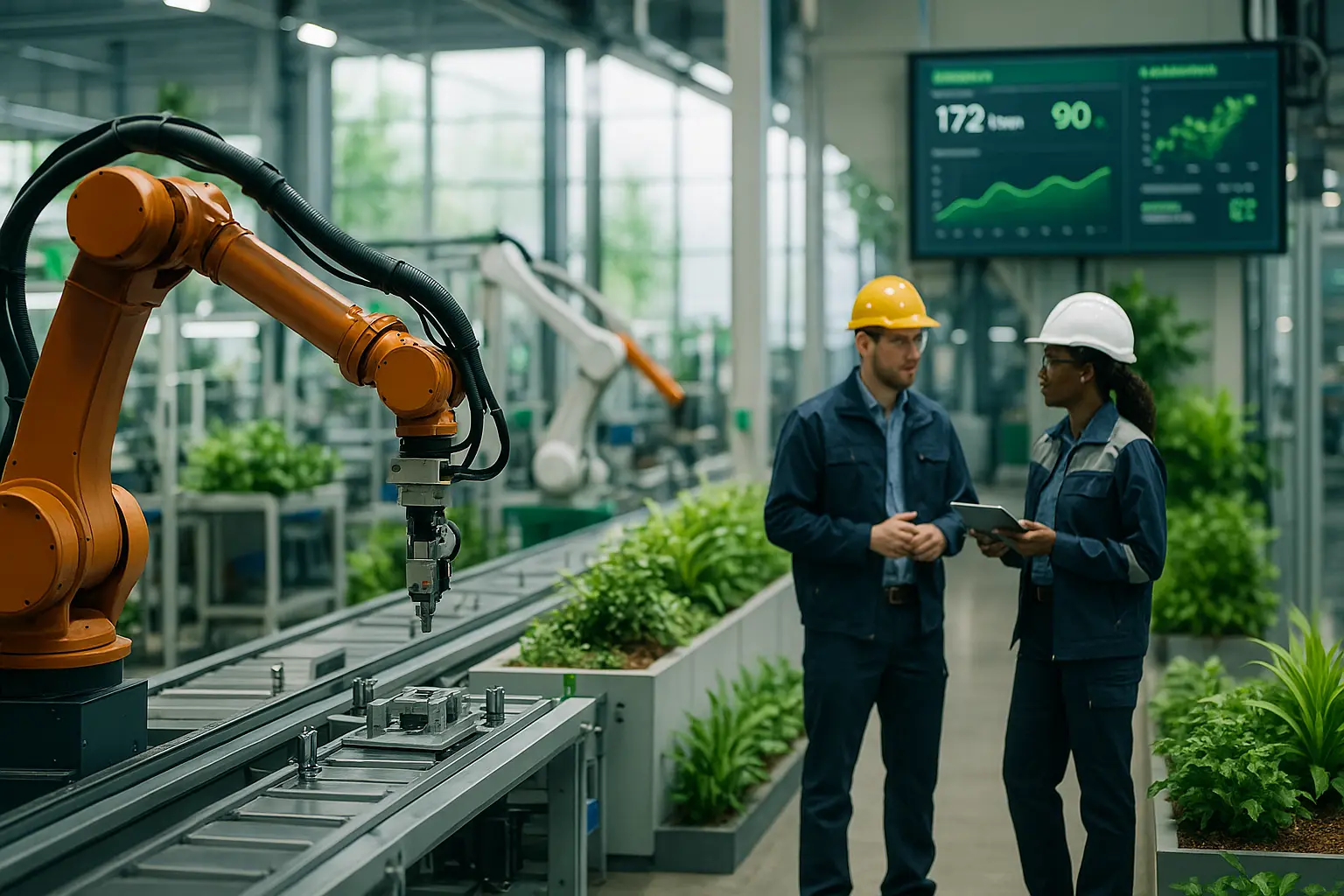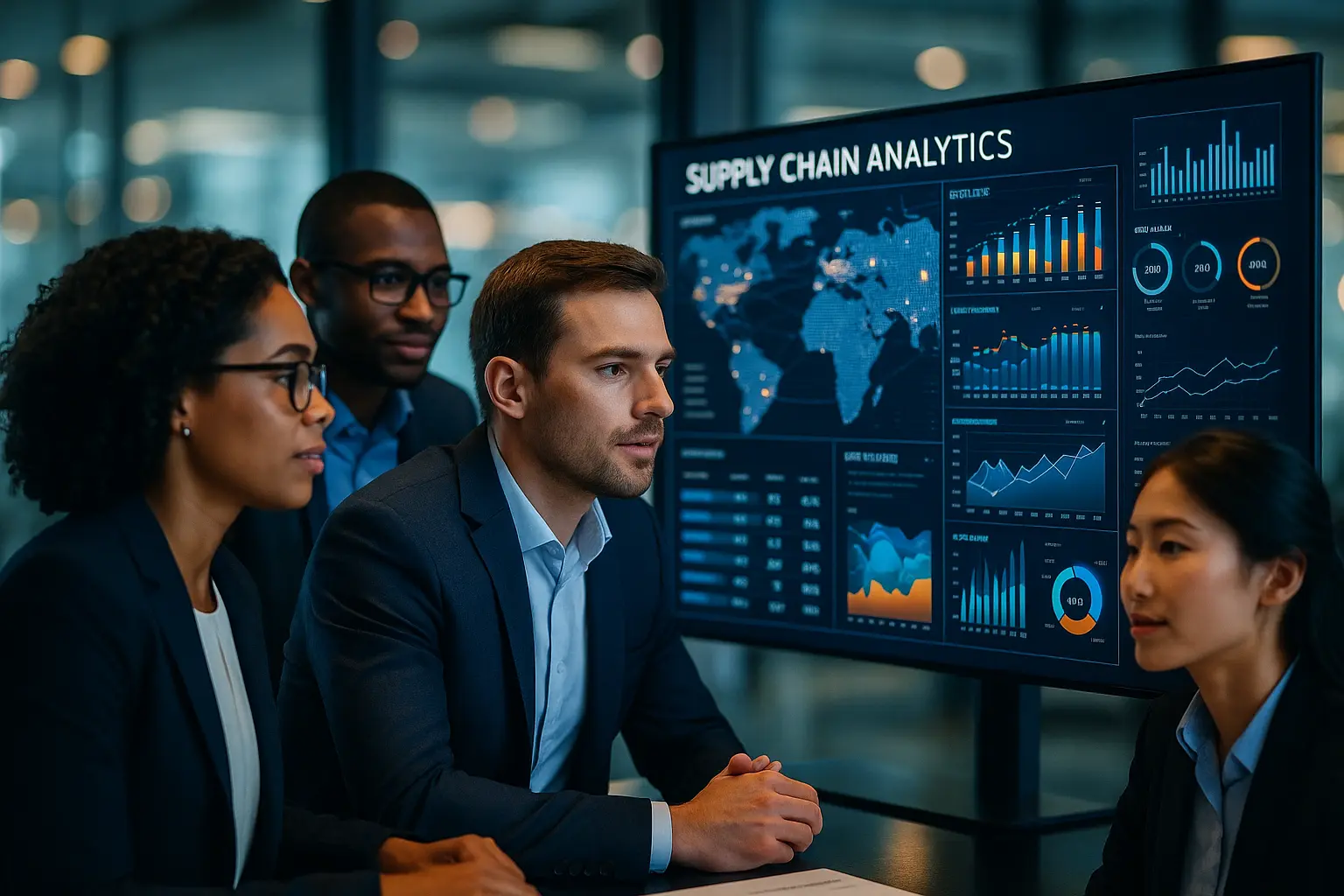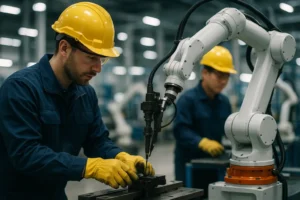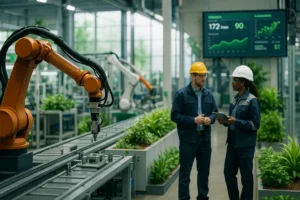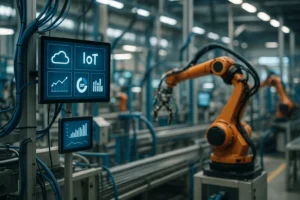What Is a Digital Twin and Why It Matters
The dawn of the Digital Twin era represents a paradigm shift in how we interact with technology. Imagine having a virtual counterpart for every physical asset you manage or interact with—one that evolves as its real-world twin changes. This innovation is not a figment of science fiction but a reality transforming sectors from manufacturing to maintenance.
In this exploration, we delve into the transformative power of digital twins, a technology that connects the physical and virtual realms using real-time data and advanced simulation techniques. As we stand at the cusp of 2025, let’s understand what digital twins are and why their performance in systems and processes is pivotal for modern enterprises.
Understanding Digital Twins and Their Foundations
Digital twins are essentially digital replicas of physical entities that capture real-time data to simulate, predict, and enhance performance. They are the bridge between the physical and the virtual worlds, serving as a dynamic design and management tool across various industries.
To comprehend the significance of digital twins, we must first unravel their formation. These twins are crafted using a combination of IoT sensors, data analytics, and software algorithms. The IoT devices collect vital data from the physical counterpart, which is then fed into the twin’s virtual model. This integration enables dynamic updates and precise simulations, allowing businesses to monitor, analyze, and predict outcomes in real-time.
In manufacturing, digital twins offer insights into process optimization, reducing downtime and enhancing efficiency. In the aerospace sector, they simulate aircraft conditions to preemptively flag issues before they manifest. The versatility of digital twins is astonishing, and their impact is only set to grow as technological capabilities expand.
The Technological Symphony: How Digital Twins Function
We’ve established that digital twins replicate physical entities in a virtual environment, but how exactly do they operate? The answer lies in their synergistic use of data and technology.
Initially, IoT sensors embedded in the physical asset continuously gather data. This data encompasses a myriad of variables such as temperature, pressure, and movement. The harvested data is then transmitted to the digital twin’s virtual model.
Once received, the data undergoes rigorous analysis, often involving machine learning algorithms and AI-driven insights. This analytical prowess allows the digital twin to simulate scenarios, predict maintenance needs, and optimize performance.
Consider a manufacturing plant where a digital twin foresees a potential equipment failure. Using the insight from the twin, plant managers can preemptively address issues, minimizing costly downtime and enhancing product quality.
In essence, digital twins are the digital maestros orchestrating a more efficient, data-driven world. Their ability to adapt and evolve with their physical counterparts makes them indispensable in today’s fast-paced tech landscape.
Unleashing Potential: Applications and Benefits
Digital twins have transcended their initial design stages to become pivotal in enhancing service delivery and system operations across various domains. Their real-world applications are as diverse as they are impactful.
In healthcare, digital twins model human organs, enabling personalized medicine and optimizing surgical procedures. The automotive industry utilizes them to test vehicle performance under varying conditions, ensuring safety and reliability.
Industrial applications extend the technology‘s utility further. For instance, in smart cities, digital twins optimize urban infrastructure and resources, providing citizens with more efficient and sustainable environments. Power companies use them to monitor grid performance, improving energy distribution and minimizing outages.
The benefits are manifold:
- Enhanced Efficiency: By simulating scenarios, businesses can identify bottlenecks and streamline operations.
- Proactive Maintenance: Anticipating asset failures reduces downtime and repair costs.
- Informed Decision-Making: Real-time insights foster strategic planning and adaptability.
Digital twins are revolutionizing industries, leading to smarter, data-driven processes that cater to contemporary demands.
The Future of Digital Twins: A Glimpse Ahead
As we peer into the future, the realm of digital twins promises exciting advancements. With the proliferation of IoT and AI, these virtual counterparts are poised to evolve, offering unprecedented insights and capabilities.
The integration of blockchain technology will enhance the security and integrity of data, creating reliable records of physical and virtual transactions. Meanwhile, artificial intelligence will further refine predictive maintenance and automated decision-making processes.
In a world where sustainability is paramount, digital twins will drive resource conservation, optimizing energy usage and reducing wastage. They will aid in the creation of resilient infrastructure capable of adapting to climate changes and unforeseen events.
The future holds the promise of ubiquitous digital twins, transforming how we design, monitor, and manage complex systems globally. As these twins become more autonomous and sophisticated, their potential to revolutionize industries will only continue to grow in the coming years.
The journey into the world of digital twins has just begun, yet their impact is already profound. As they continue to shape industries and redefine processes, it’s clear that these virtual counterparts are not just tools but integral components of modern innovation.
With a future brimming with possibilities, the question is not whether digital twins will become essential, but how soon we can integrate them into our daily lives to optimize performance and efficiency in unprecedented ways. As we stand on the brink of this digital revolution, embracing the potential of digital twins could very well be the key to unlocking a more connected and efficient world.
FAQ
What exactly is a digital twin?
A digital twin is a virtual representation of a physical object, system, or process. It uses real-time data and simulations to mirror its real-world counterpart, allowing for monitoring, analysis, and optimization.
How does a digital twin function?
Digital twins function by integrating sensors and IoT devices with a physical asset, collecting real-time data. This data is then used to create a virtual model that mimics the behavior and conditions of the real asset. This model can be analyzed to predict outcomes and optimize performance.
Why are digital twins important in today’s industries?
Digital twins offer numerous advantages, such as enhancing operational efficiency, reducing maintenance costs, and improving product development. By providing insights through simulations, they allow businesses to make data-driven decisions, predict failures, and optimize processes.
What industries benefit most from digital twin technology?
While digital twins can be beneficial across various sectors, industries like manufacturing, healthcare, aerospace, automotive, and urban planning have seen significant advantages. These sectors leverage digital twins for product design, predictive maintenance, and efficient resource management.
Can digital twins evolve over time?
Yes, digital twins can evolve as they continuously receive real-time data. This allows them to adapt and reflect changes in their physical counterparts, ensuring accuracy and relevance. This dynamic nature enables ongoing optimization and innovation.
